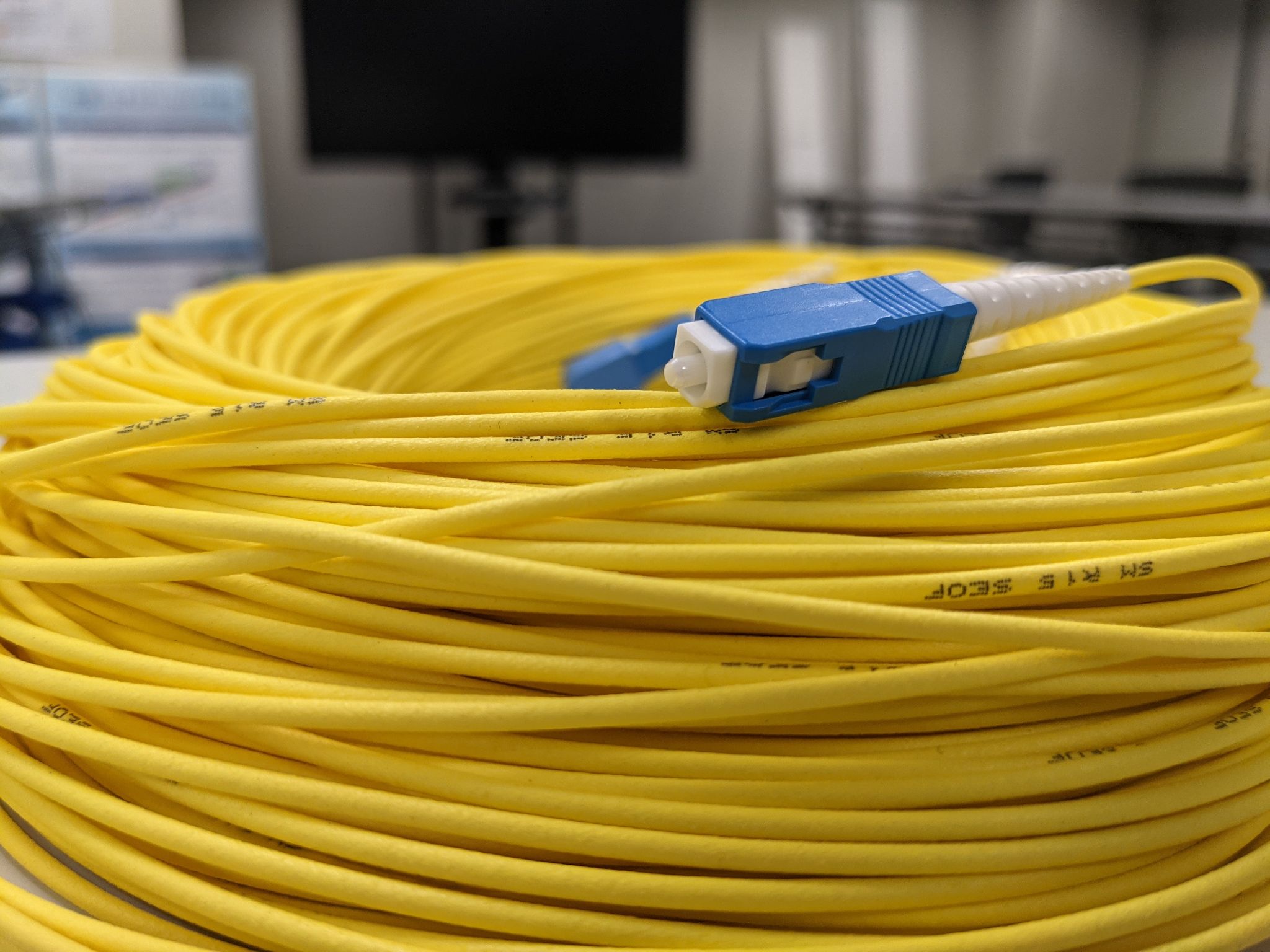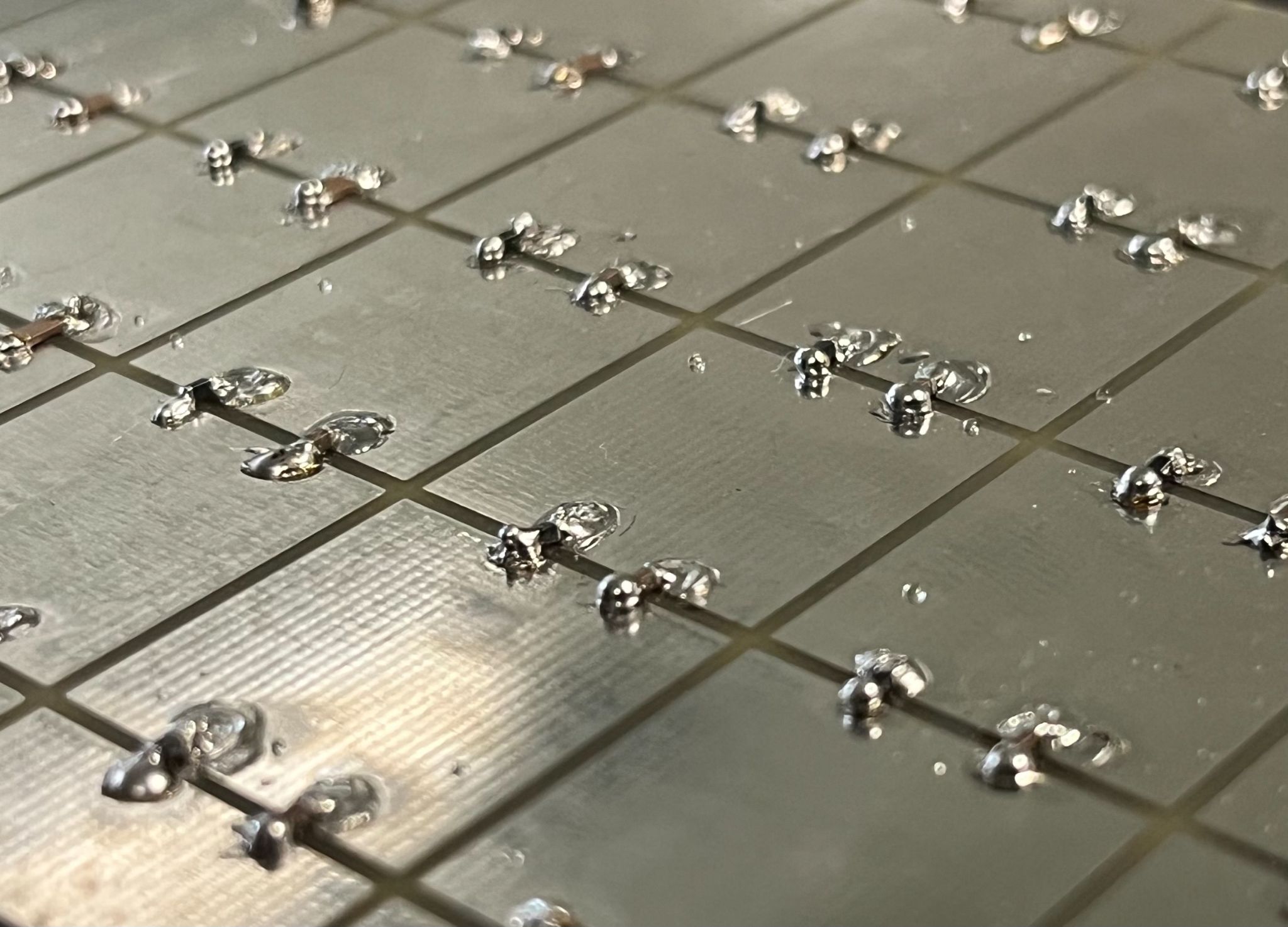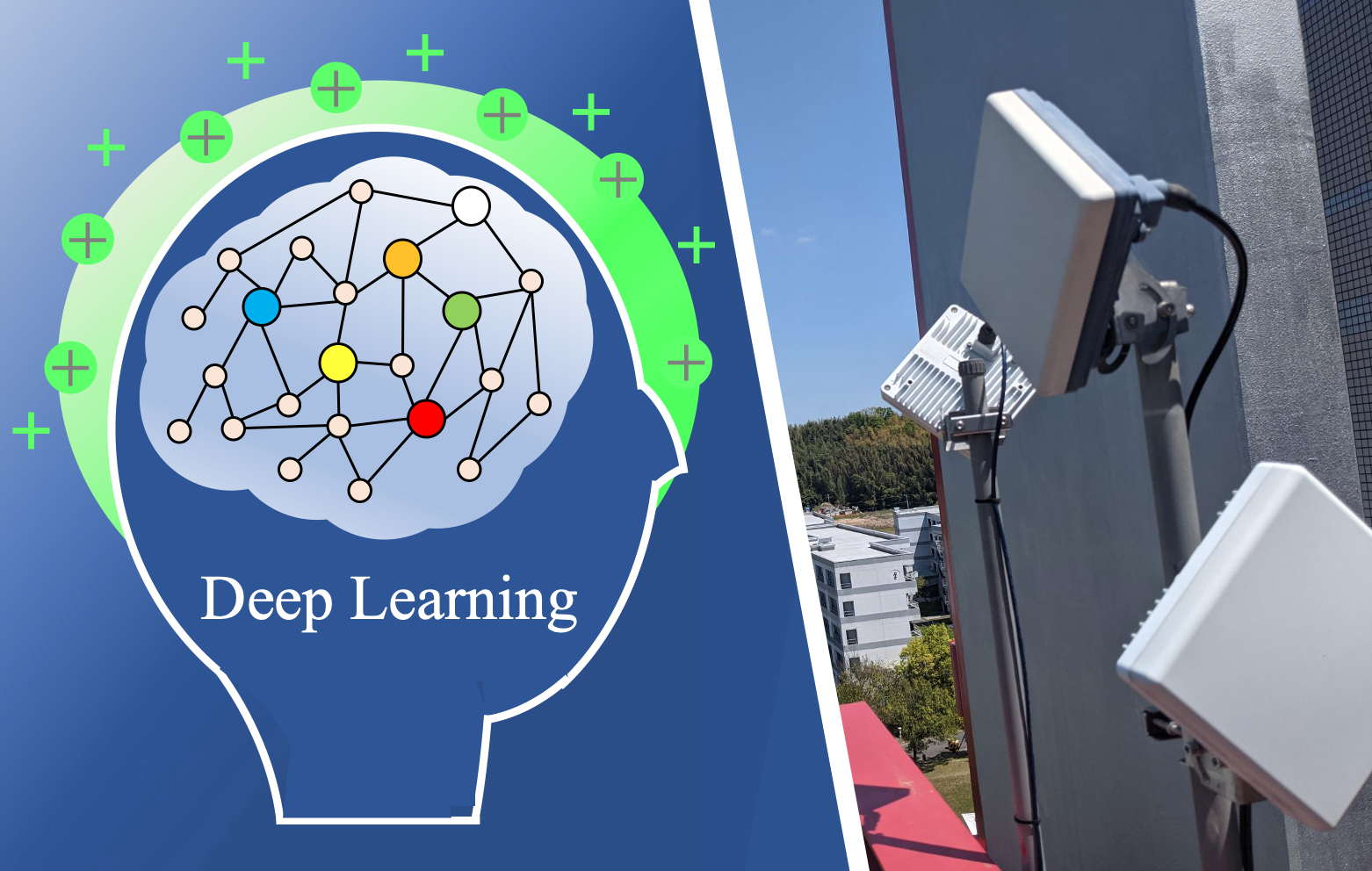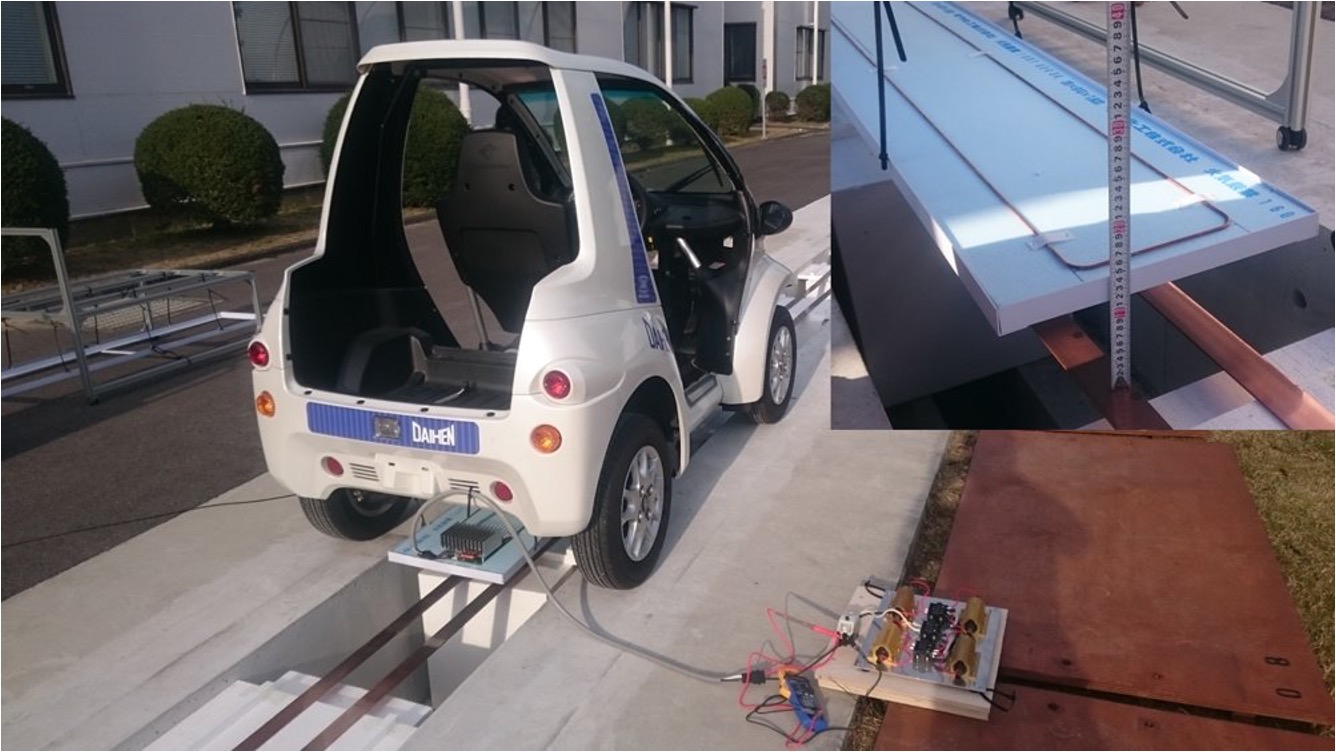Realization and Evaluation of Fundamental Technologies for Ubiquitous Networks
Numerous signals exist around us and constantly provide us with information: visible image information signals in our daily lives, voice information signals when we speak, and EEG and ECG signals in the medical field. These signals, called analog signals, are converted into digital signals, which are processed by algebraic operations using digital circuits such as computers. This is the technology called digital signal processing.
In this lab, we are conducting research on the realization and evaluation of fundamental technologies for ubiquitous networking, such as wireless communication, sensing, and embedded systems that connect anything, anytime, anywhere, using digital signal processing techniques.
IRS
In the 5th and 6th generation mobile communications (5G/6G), higher frequency radio waves than microwaves, such as millimeter/sub-terahertz wave bands, are used to achieve wideband and high-capacity communications. Since radio waves in such high-frequency bands have strong linearity and are not easily diffracted, coverage holes occur within the communication area where the required quality cannot be achieved. There are two ways to prevent the occurrence of coverage holes: installing additional base stations or using reflectors to reflect the radio waves of base stations toward the coverage holes. However, although the former can significantly improve coverage, there are concerns about increased communication area construction costs and degradation of the landscape. The latter method improves coverage without installing additional base stations, but has the problem that ordinary metal reflectors reflect radio waves specularly, thus limiting the direction of reflection.
To solve this problem, we are applying metasurfaces, which consist of many periodic elements that are sufficiently smaller than the wavelength of radio waves, to reflect radio waves from base stations in the coverage holes.
DL MIMO
Millimeter/sub-terahertz wave bands are used in 5th and 6th generation mobile communications (5G/6G) to achieve wideband, high-capacity communications. However, radio waves in these high-frequency bands have strong linearity, which limits signal coverage and reduces spectral efficiency, especially in non-line-of-sight areas.
Recently, to solve this problem, Massive Multiple-Input Multiple-Output (MIMO) base stations consisting of large antenna arrays and Intelligent Reflecting Surface (IRS) consisting of large reflector arrays These technologies use beamforming. These technologies use beamforming, which exhaustively searches a predefined codebook for the beam direction that maximizes the achievable transmission rate for users in the coverage.
WPT
The widespread use of electric vehicles (EVs) is essential to achieving carbon neutrality. However, charging is an issue for the widespread use of EVs. Currently, it takes about 30 minutes to charge an EV from low battery capacity to near full capacity using a quick charger, and several hours or more for normal charging. In addition, the charging infrastructure is inadequate: as of August 2022, there are approximately 17,000 charging stations nationwide, but most stations can only charge one or two EVs at a time, and even now there is a waiting list for charging during peak demand periods. Furthermore, the peak power consumption of quick chargers can reach tens to hundreds of kW, which has a large impact on the power grid and is a major obstacle to the development of charging infrastructure.
DWPT (Dynamic Wirelss Power Transfer), which supplies power to a moving vehicle in a contactless manner, is attracting attention as a solution to these problems associated with EV charging. We are conducting research on DWPT using MIMO (Multiple-Input Multiple-Output) technology and DWPT using transmission line type coupling circuits to realize more efficient and stable DWPT.

RoF
Radio over Fiber (RoF) is a technology for transmitting high-frequency radio signals by confining them in optical fiber transmission lines. In particular, the form of transmission that preserves the radio wave format is called analog RoF, while the form that converts once to digital signals is called digital RoF.
In the Radio Access Network (RAN) of the 4th generation mobile communications, a communication method is used to ensure that the transmission rate does not degrade even at the cell edge due to the coordination between base stations. Tight timing control was achieved by generating high-frequency signals at the radio stations connected by optical fiber links. This form of mobile fronthaul is specifically called C-RAN (Centralized RAN).
GNSS
Signals transmitted by positioning and broadcasting satellites are attenuated and delayed by various meteorological factors in the atmosphere. For example, it is well known that rainfall attenuates the signal power of satellite broadcasts.
In addition, water vapor in the troposphere and various other particles delay the progress of radio waves. Since the delay time can be accurately estimated at ground-based GNSS stations, it is possible to estimate the amount of water vapor in the troposphere.




